Introduction
In the realm of culinary delights, few dishes evoke the warmth and comfort of home quite like a hearty stew. Among the myriad of stew recipes, pressure cooker chicken leg stew stands out for its ability to blend rich flavors, tender meat, and nutritious ingredients into a single, satisfying meal. The pressure cooker, or instant pot as it is commonly known today, is a kitchen appliance that revolutionizes the way we cook by significantly reducing cooking times while preserving the essence and nutrients of the ingredients. This article aims to guide you through the process of making a perfect pressure cooker chicken leg stew, from selecting the right ingredients to achieving that mouthwatering, fall-off-the-bone tenderness.
Section 1: Understanding the Pressure Cooker
Before diving into the recipe, it’s crucial to understand the basics of a pressure cooker. This kitchen gadget works by creating a sealed environment where steam builds up, increasing the internal pressure and temperature. This high-pressure, high-temperature environment accelerates the cooking process, breaking down tough fibers in meats and allowing flavors to meld more efficiently. Modern pressure cookers, such as the Instant Pot, also offer multiple functions beyond pressure cooking, including sautéing, steaming, slow cooking, and even yogurt making, making them a versatile addition to any kitchen.
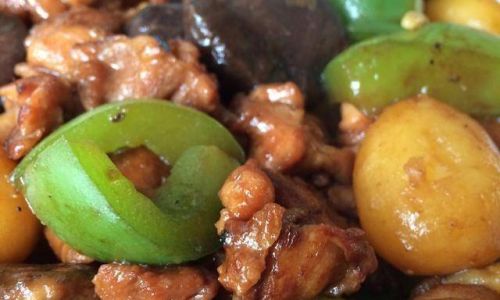
Key Features to Look For:
- Capacity: Choose a size that suits your family’s needs, typically ranging from 3 to 8 quarts.
- Safety Mechanisms: Ensure it has multiple safety features like an automatic pressure lock, overheat protection, and a lid that can’t be opened while under pressure.
- Ease of Use: Look for models with intuitive controls and a user-friendly display.
- Accessories: Additional accessories like a steaming rack, silicone mitts, and a measuring cup can enhance your cooking experience.
Section 2: Ingredient Selection
The success of your chicken leg stew largely depends on the quality of ingredients you use. Here’s a comprehensive list of what you’ll need:
- Chicken Legs: Opt for free-range or organic chicken legs for better flavor and nutritional value. About 4-6 legs should be sufficient for a standard-sized pressure cooker.
- Vegetables: A mix of carrots, celery, onions, and garlic forms the backbone of the stew. Fresh vegetables add the most flavor, but frozen ones can be a decent substitute.
- Aromatics: Bay leaves, thyme, rosemary, and black peppercorns provide depth and complexity to the dish.
- Liquid: Chicken broth or stock is essential for creating the stewing liquid. You can also use a combination of broth and wine for added richness.
- Tomatoes: Canned diced tomatoes or tomato paste add acidity and sweetness, balancing the flavors.
- Seasonings: Salt, pepper, paprika, and a touch of brown sugar or honey can enhance the overall taste profile.
- Optional Additions: Potatoes, peas, or corn can be added for additional texture and nutrition.
Section 3: Preparation Steps
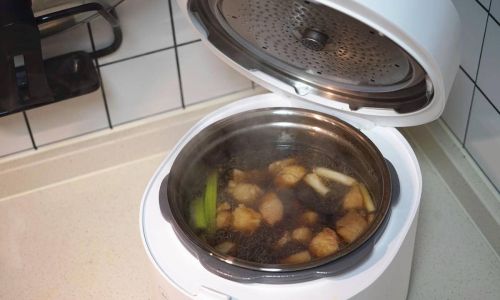
Step 1: Preparing the Chicken Legs
- Trimming: Remove any excess fat or skin from the chicken legs for a healthier dish.
- Seasoning: Season the chicken legs generously with salt and pepper. You can also use a blend of your favorite herbs and spices.
- Browning: While not strictly necessary, browning the chicken legs in a bit of oil before pressure cooking adds another layer of flavor and helps to caramelize the exterior, locking in juices.
Step 2: Preparing the Vegetables
- Chopping: Dice the onions, carrots, and celery into bite-sized pieces. Mince the garlic.
- Sautéing: In the pressure cooker pot, sauté the onions, carrots, celery, and garlic until they begin to soften and release their juices. This step, known as the soffrito in Italian cuisine, creates a flavorful base for the stew.
Step 3: Assembling the Stew
- Adding Aromatics: Once the vegetables are sautéed, add the bay leaves, thyme, rosemary, and peppercorns.
- Deglazing: Pour in a bit of chicken broth or wine to deglaze the pot, scraping up any browned bits stuck to the bottom. These bits contain concentrated flavors that will enrich your stew.
- Adding Chicken and Tomatoes: Nestle the seasoned chicken legs into the pot, then pour in the remaining chicken broth and add the diced tomatoes or tomato paste.
- Taste and Adjust: Season with additional salt, pepper, paprika, and a pinch of brown sugar or honey to taste.
Step 4: Pressure Cooking

- Locking the Lid: Secure the lid of the pressure cooker and ensure the valve is set to sealing.
- Setting the Timer: Depending on the size and desired doneness of the chicken legs, set the pressure cooker to high pressure for about 25-35 minutes. Smaller legs may require less time, while larger ones may need more.
- Natural Release: Once the cooking time is up, allow the pressure to release naturally for about 10-15 minutes. This helps the chicken to retain its juices and achieve that tender, fall-apart texture.
- Quick Release (Optional): If you’re in a rush, you can perform a quick pressure release by carefully turning the valve to venting. However, be prepared for the stew to be slightly less tender.
Section 4: Finishing Touches
- Checking Doneness: Carefully open the pressure cooker and check the chicken legs for doneness. They should be tender and easily separable with a fork.
- Adjusting Seasoning: Taste the stew and adjust the seasoning as needed. You may want to add more salt, pepper, or a splash of vinegar to brighten the flavors.
- Adding Optional Ingredients: If you’re adding potatoes, peas, or corn, do so during the last 5-10 minutes of pressure cooking or after the natural release, depending on their cooking time.
- Thickening (Optional): If the stew is too thin, you can thicken it by mixing a slurry of cornstarch and water (or flour and water for a gluten-free option) and adding it to the pot, stirring well until the desired consistency is achieved.
Section 5: Serving and Enjoying
Your pressure cooker chicken leg stew is now ready to be served. Ladle it into bowls, garnish with freshly chopped parsley or green onions, and enjoy with a side of crusty bread or mashed potatoes to soak up every last drop of that delicious broth. This stew is perfect for a comforting dinner on a cold night, a hearty lunch, or even meal prep for the week ahead.
Conclusion
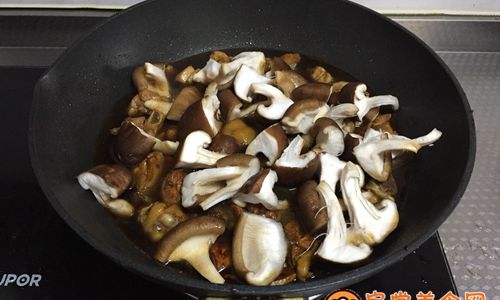
Mastering the art of pressure cooker chicken leg stew not only provides a nutritious and flavorful meal but also saves time and energy in the kitchen. By understanding your pressure cooker, carefully selecting ingredients, and following these detailed preparation steps, you can create a dish that is sure to impress even the most discerning palate. Whether you’re a seasoned cook or new to the world of pressure cooking, this recipe offers a delightful entry into the realm of hearty, homemade stews. So, gather your ingredients, fire up your pressure cooker, and embark on a culinary journey that promises warmth, comfort, and deliciousness in every bite.
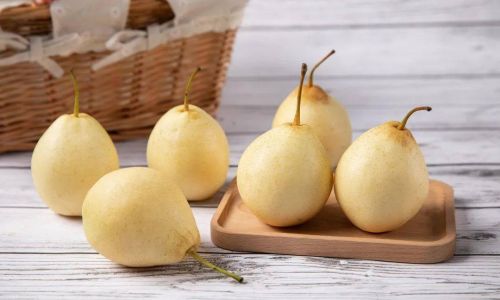
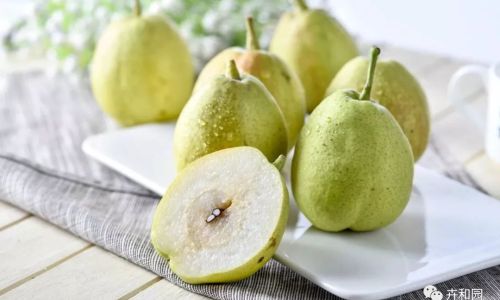



0 comments